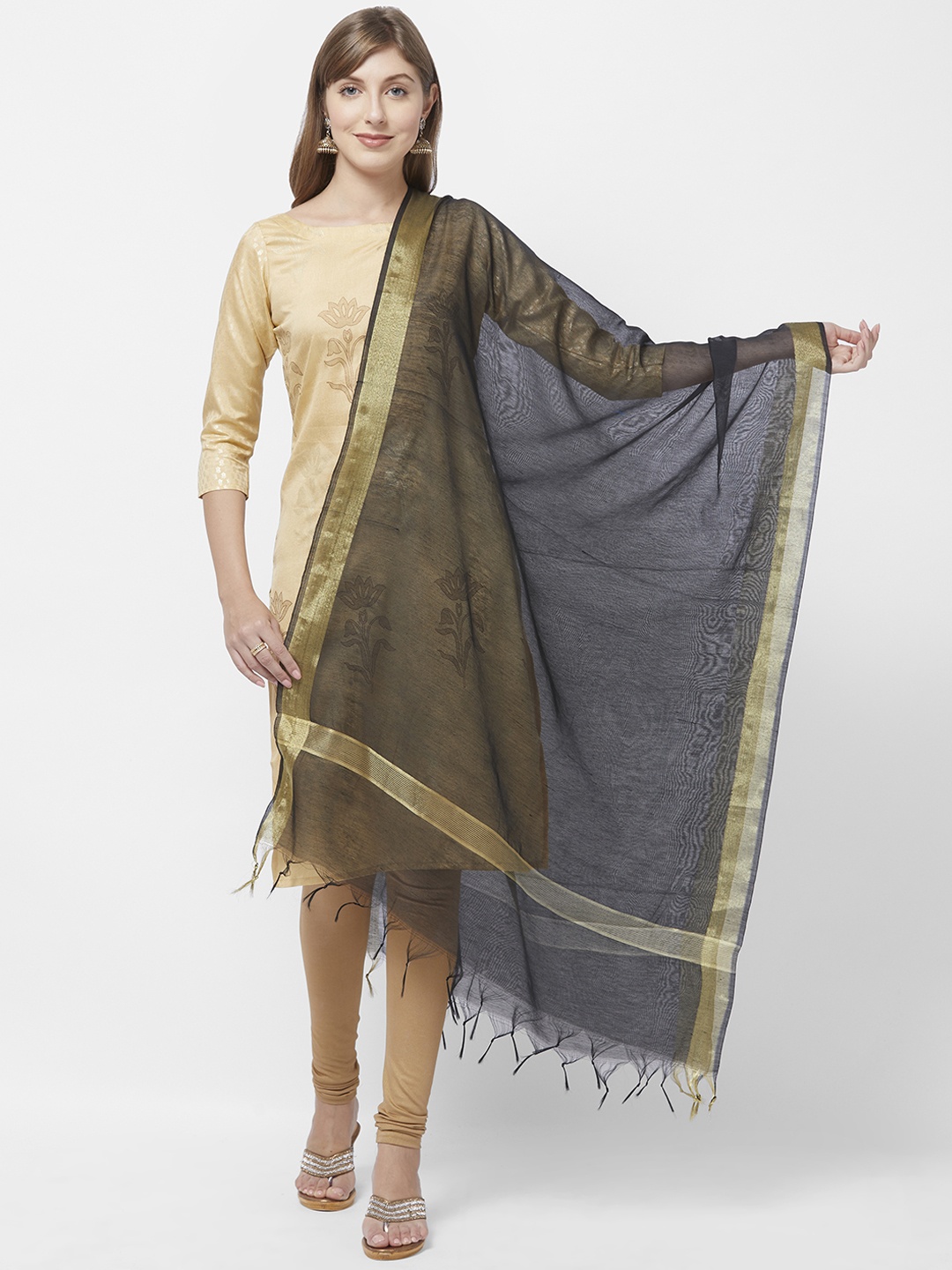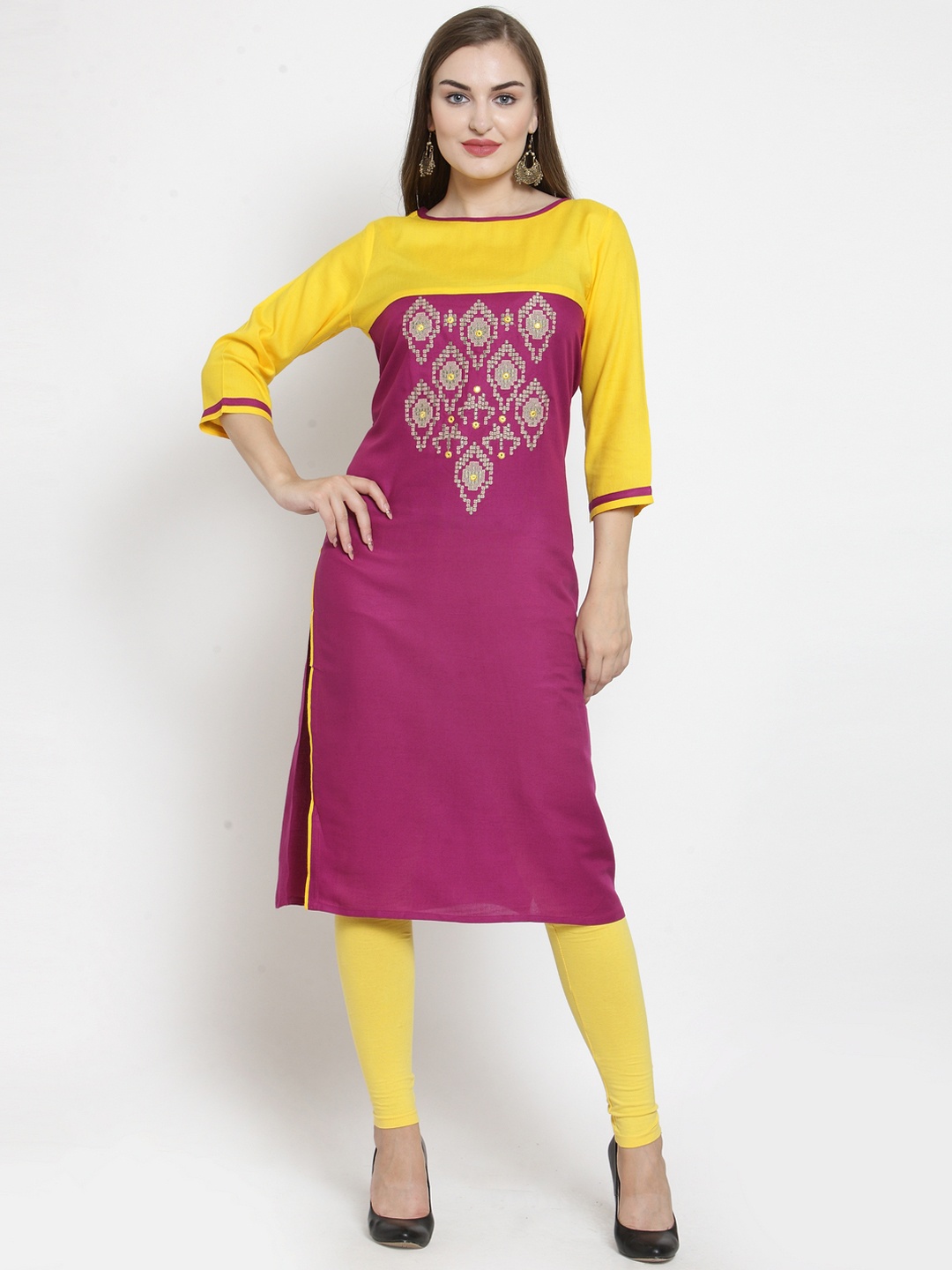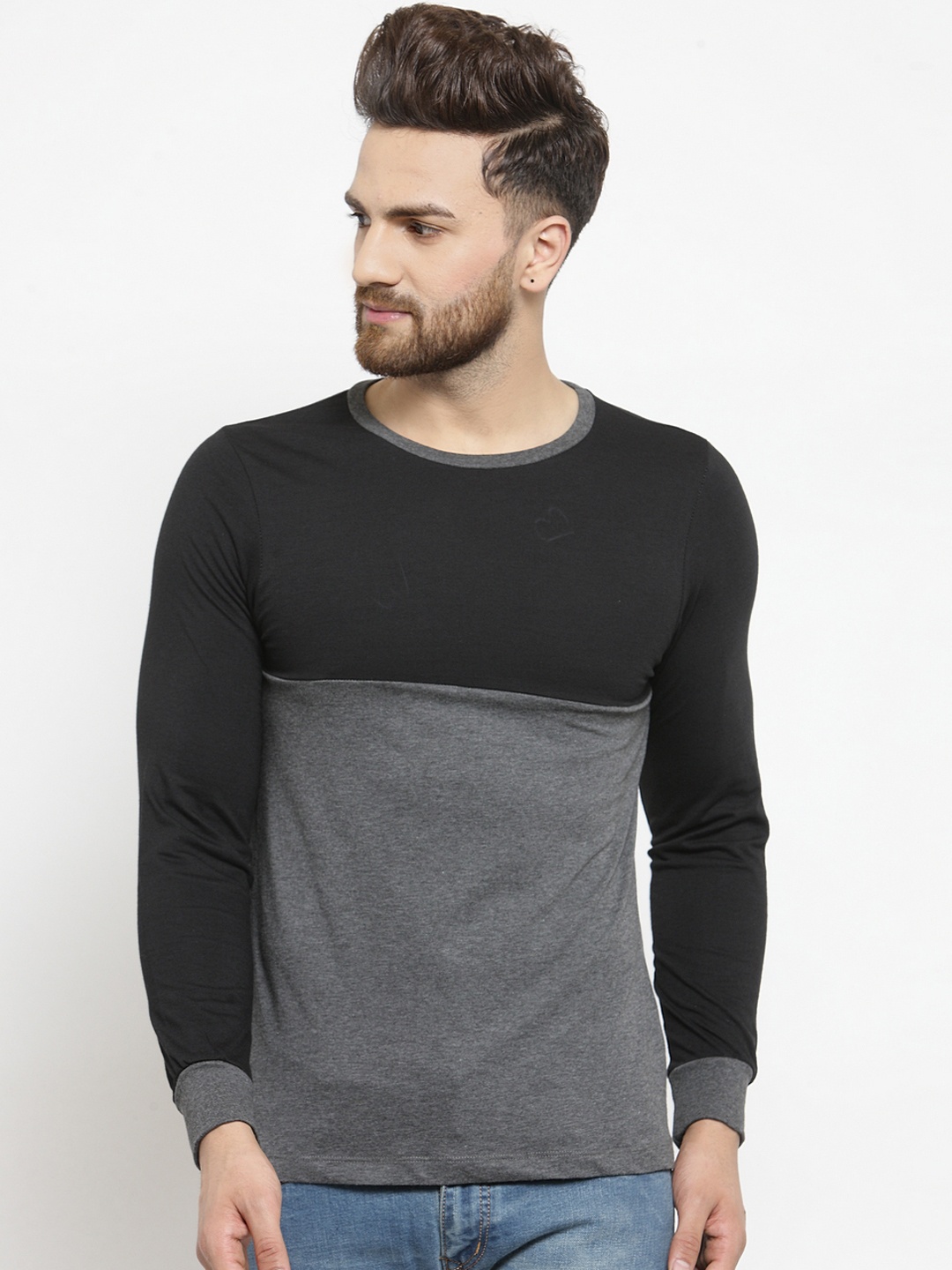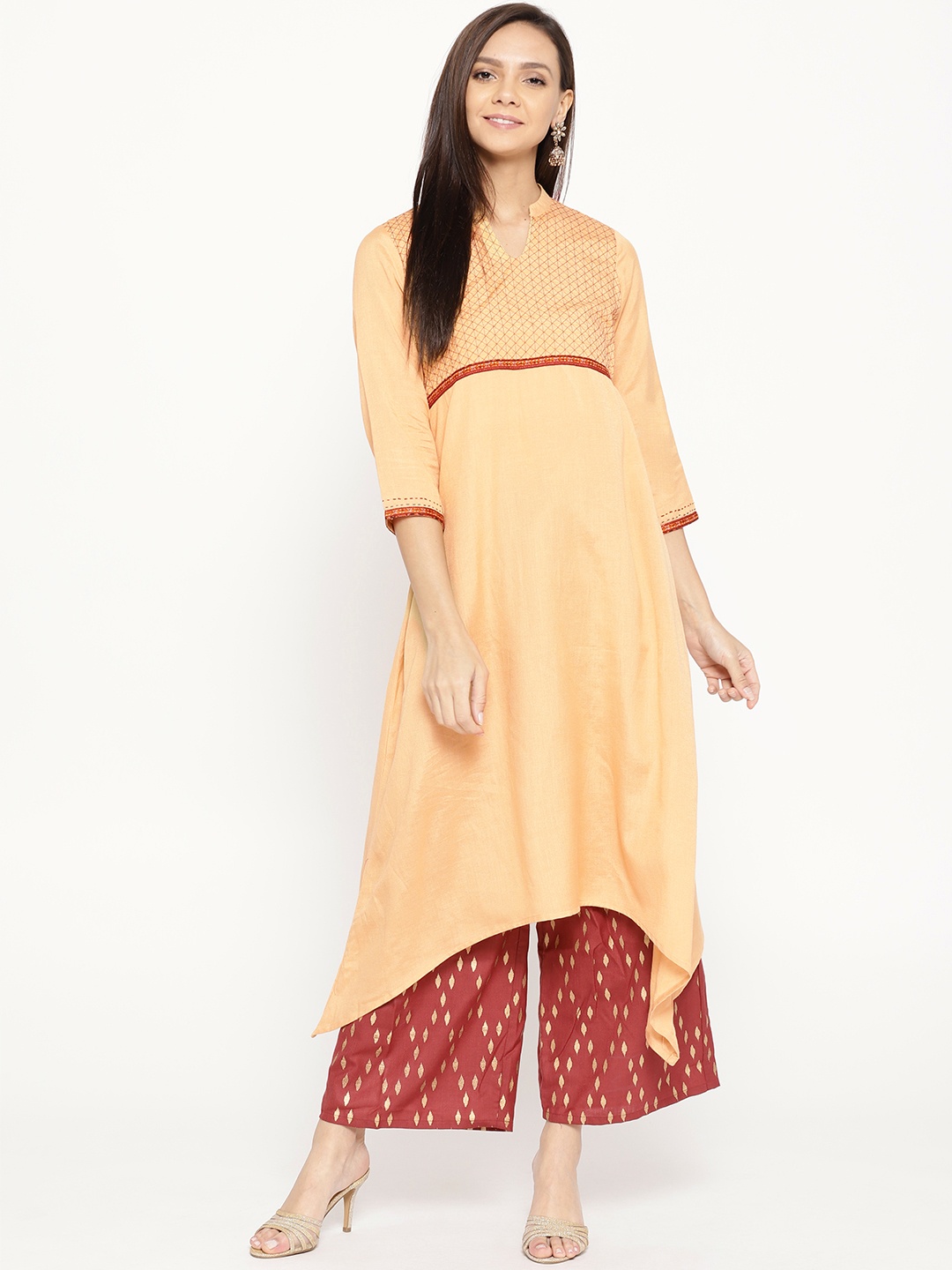Stay Ahead Of The Run: How To Choose A Good Shoes For Long-Distance Sports
Finding the perfect running shoes is like discovering a trusted companion for your journey- one that supports, protects, and empowers you to go the extra mile. Lets explore how to choose the ideal footwear for long-distance sports.

The Best Shoes For Long-Distance Sports From Myntra
Long-distance running isn't just a physical activity; it's a transformative experience. It challenges your body, mind, and determination, pushing you to new limits. Whether you're training for your first marathon, enjoying weekend runs, or aiming to break a personal record, the importance of the right running shoes cannot be overstated. Your shoes do more than cover your feet, they absorb impact, protect joints, and reduce the risk of injuries. Yet, with endless options available, choosing the perfect pair can feel overwhelming. The right choice depends on several factors, from your foot type to the terrain you run on. This guide will help you navigate the essentials so that every run feels like a smooth and empowering journey.
1. Know Your Foot Type: It All Starts Here
Understanding your foot type is the foundation of finding the perfect running shoes. Are your feet flat, high-arched, or neutral? Each foot type has specific needs, and knowing yours can save you from discomfort and potential injuries.
Flat feet often lead to overpronation, where the foot rolls inward excessively during running. Stability shoes, with firm midsoles and supportive features, are a lifesaver for these runners. On the other hand, those with high arches tend to underpronate, requiring cushioned shoes to absorb shock effectively. Neutral feet fall somewhere in the middle, opening up more versatile options.
A quick way to determine your foot type is the "wet foot test." Wet your feet, step onto a piece of paper, and observe the imprint. A full-foot imprint suggests flat feet, while a narrow connection between the heel and ball of the foot points to high arches. This simple exercise can guide you toward shoes that feel like they were custom-made for you.
2. Cushioning: A Delicate Balancing Act
Cushioning is about more than comfort; it's your first line of defence against the pounding impact of long-distance running. But finding the right amount of cushioning is a balancing act.
Too little cushioning, and you risk joint pain and fatigue. Too much, and your stride may feel unstable, like running on squishy marshmallows. Most modern running shoes use advanced materials like EVA foam or gel to provide the ideal blend of shock absorption and responsiveness.
Think about your running surface too. Asphalt requires ample cushioning to soften the repetitive impact, while trail running demands durability and support to handle uneven terrain. Finding that sweet spot can transform your running experience, giving you the confidence to conquer longer distances.
3. Weight: Keep It Light, But Not Too Light
Imagine running a marathon with bricks strapped to your feet—it's a far cry from enjoyable. While that's an exaggeration, the weight of your shoes can significantly impact your performance, especially during long distances.
Lightweight running shoes reduce fatigue, helping you maintain speed and efficiency over time. Modern designs use breathable mesh uppers and innovative materials that prioritise weight without sacrificing durability or support.
However, newer runners or those with previous injuries might need extra cushioning or stability features, which can add some weight. Striking the right balance ensures you get the performance benefits without compromising on protection. Remember, it's not about the lightest shoe on the market, it's about the one that makes you feel your best.
4. Fit: The Gold Standard for Comfort
A well-fitting shoe can be the difference between a rewarding run and a painful ordeal. Fit isn't just about size; it's about ensuring your foot feels secure yet free to move naturally.
When trying on running shoes, always shop in the afternoon or evening. Feet swell throughout the day, mimicking the conditions they'll experience during a long run. Ensure there's about a thumb's width of space between your longest toe and the tip of the shoe. This roominess prevents dreaded black toenails and blisters, common among long-distance runners.
Lacing techniques can also influence fit. If you experience heel slippage or pressure points, adjusting your laces can work wonders. Remember, your running shoes should feel like an extension of your feet—not something you're constantly aware of.
5. Match Your Shoes To Your Goals
Your running aspirations play a big role in selecting the right footwear. Training for a marathon? You'll need a durable, cushioned shoe that can handle the repetitive impact over hundreds of miles. Tackling trail runs? Opt for shoes with rugged soles and enhanced grip to navigate rocky paths safely.
For runners focused on speed, lightweight and responsive shoes are ideal. Meanwhile, casual runners looking to build endurance might prioritise support and comfort over performance features. Keep your specific goals in mind, and you'll find shoes that complement your journey, whether you're aiming for a personal best or simply enjoying the rhythm of your run.
6. Breathability: Keep Your Feet Fresh
Long-distance runs can make your feet feel like they're in a sauna, especially during warmer months. Breathable shoes are essential to keep your feet cool, dry, and blister-free.
Shoes with engineered mesh uppers allow air to circulate, reducing heat build-up. They also wick away sweat, preventing odour and discomfort. For runners in the UK, where the weather is famously unpredictable, finding a balance between breathability and weather resistance is key. Some shoes even feature water-resistant materials that shield your feet during sudden downpours without compromising airflow.
By keeping your feet fresh and comfortable, breathable shoes help you focus on the road ahead instead of worrying about soggy socks.
7. Durability: Shoes That Go The Distance
Even the best running shoes have a shelf life. Over time, the cushioning compresses, the outsole wears down, and the support diminishes. Most running shoes last between 300–500 miles, but factors like your running style and terrain can influence their longevity.
For trail runners, durability is even more critical. Shoes designed for rough terrain use tougher materials that withstand abrasions and impacts. Regular road runners should look for high-quality midsoles and sturdy outsoles that offer consistent performance mile after mile.
Keep track of your mileage and inspect your shoes regularly. Worn-out shoes not only compromise performance but also increase your risk of injury. When in doubt, listen to your body, aching knees or sore feet could be signs it's time for a replacement.
8. Test Before You Commit
The real test of a running shoe isn't in the store, it's out on the road. Many specialist retailers offer trial periods, allowing you to take the shoes for a run and return them if they're not a perfect fit.
Take advantage of this opportunity. Jog around the shop, try different brands, and don't shy away from asking questions. While online reviews and recommendations from friends can provide insights, your feet are unique. Trust how they feel in the shoes and prioritise comfort and performance over aesthetics.
Products Related To This Article
1. HRX by Hrithik Roshan Men Mesh Running Non-Marking Shoes
2. Calcetto CLT-8001 Men Mesh Lace-Ups Non-Marking Running Shoes
3. Sparx Men Grey Mesh SM-678 Cool Running Shoes
4. Wildcraft Men PU Trekking Marking Shoes
5. AVANT Avant Men Mesh Glide Walking Lace-Up Shoes
6. OFF LIMITS Men Mesh Running Non-Marking Shoes
7. Metro Men Textile Walking Shoes
8. NIVIA Unisex Ashtang Gold Football Shoes
9. HRX by Hrithik Roshan Men Mesh Running Non-Marking Shoes
10. Liberty Men Slip-On Walking Shoes
Choosing the right shoes for long-distance sports is more than just a shopping decision, it's an investment in your running journey. From understanding your foot type to ensuring proper fit and durability, every detail matters. With the right pair, you'll not only reduce the risk of injury but also enhance your overall experience, making each run an opportunity to push boundaries and enjoy the thrill of the sport. Remember, your shoes are your partners on this journey. Find the ones that make you feel unstoppable, and every mile will be worth the effort.
Disclaimer: The images used in this article are for illustration purposes only. They may not be an exact representation of the products, categories, and brands listed in this article.





























